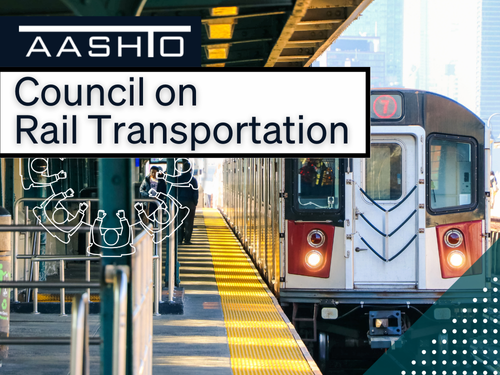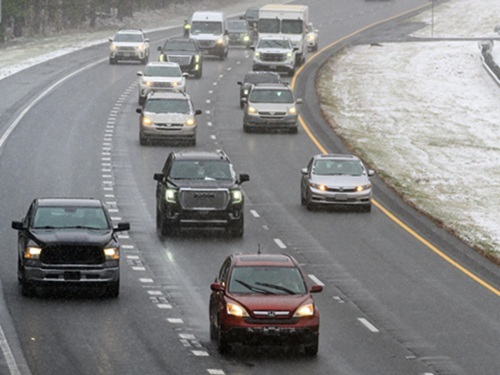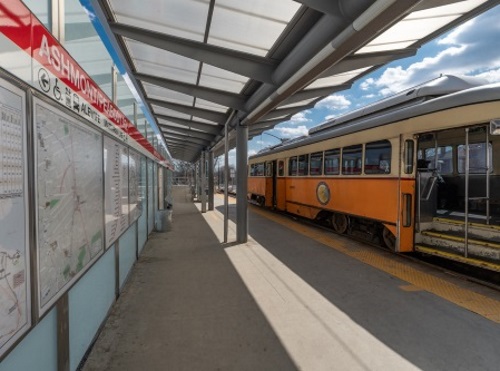The Federal Transit Administration recently issued a notice of funding opportunity of NOFO for $2.2 billion in competitive grants for transit systems requiring additional COVID-19 pandemic-associated fiscal support.
[Above photo by the MBTA]
Those grants – provided by the $1.9 trillion American Rescue Plan or ARP, signed into law by President Biden in March – are available to cover additional pandemic-related expenses related to maintaining day-to-day operations, cleaning and sanitization, combating the spread of pathogens on transit systems, and maintaining critical staffing levels.

“As public transit systems continue to recover from the devastating financial and public health impacts of COVID, they must have the resources they need to keep trains and buses running, especially in heavily transit-dependent communities,” explained Polly Trottenberg, deputy secretary for the U.S. Department of Transportation, in a statement.
“The funding opportunity we are announcing today will help connect people to jobs, services and opportunities, while supporting crucial health and safety measures for the traveling public and our nation’s dedicated transit workforce,” she added.
FTA said it would review applications based on the level of financial need, including projections of future financial need to maintain service as a percentage of the 2018 operating costs.
Funding that is requested by an eligible applicant must not have been replaced by funding made available through the Coronavirus Aid, Relief, and Economic Security or CARES Act, the Coronavirus Response and Relief Supplemental Appropriations Act or CRRSAA of 2021, and other ARP funding.

FTA’s NOFO follows the completion of a “National Transit Renewal Summit” held by the agency over the course of July and August that brought together 3,000 transit professionals and stakeholders to share best practices and ways to renew post COVID-19 pandemic ridership.
FTA also published a comprehensive report to highlight the wide range of strategies discussed during the summit, including ridership campaigns, system design review, restoring public confidence in transit safety and leveraging partnerships.
“For a lot of people, transit is a lifeline,” noted Jim Tymon, executive director of the American Association of State Highway and Transportation Officials, during one of the summit’s sessions.

“Almost universally, transit riders kept riding despite the pandemic,” he said. “While ridership took a really big hit in 2020 due to the pandemic, the transit industry – specifically in small and rural areas – federal relief funding allowed the industry to keep providing essential services, keeping vans and buses running.”
Tymon added that state departments of transportation helped provide personal protective equipment or PPE and emergency funding so transit operators could remain open.
“That included guidance to keep transit equipment safe and clean, as well as retrofitting vehicles for safe social distancing as well,” he noted. “We kept the promise to rural transport systems to maintain operations throughout pandemic.”
 Nation
Nation
Registration Open for AASHTO’s Winter Rail Meeting
December 19, 2025 Nation
Nation

